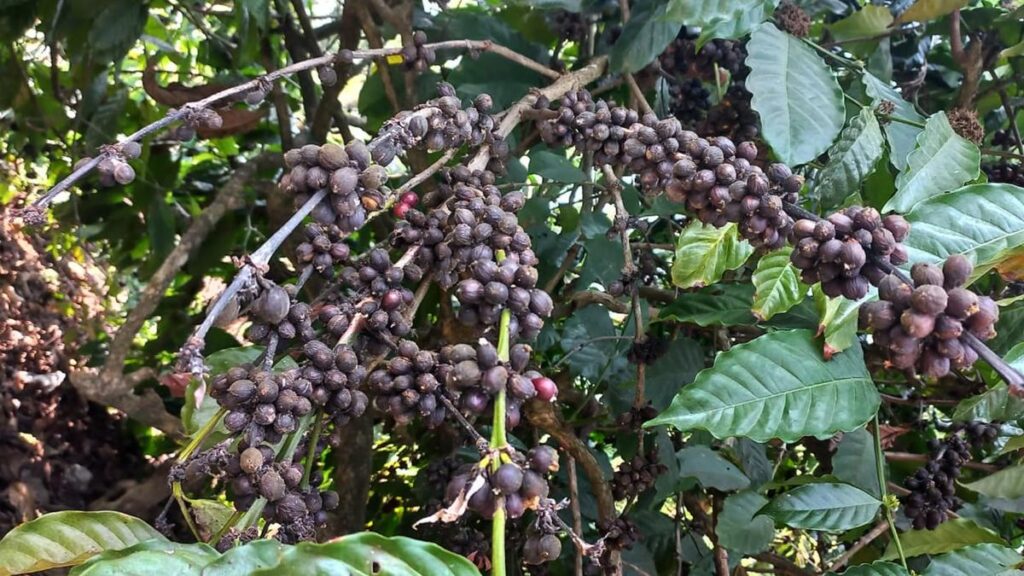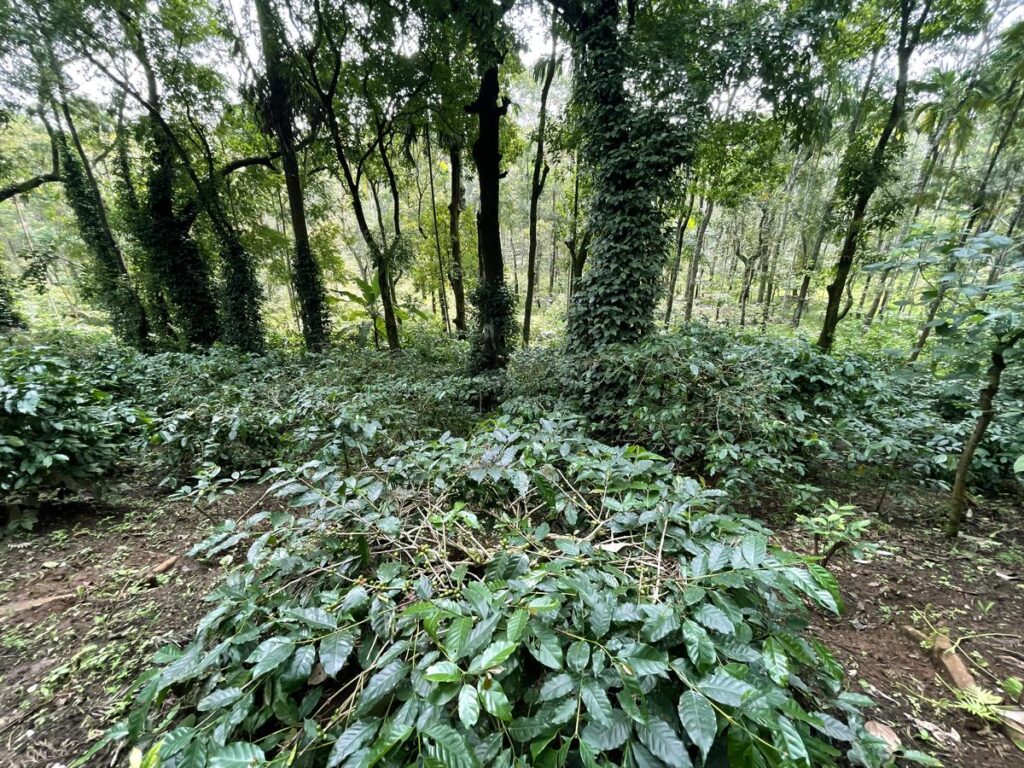Coffee Board warns that macro climate is crucial for cultivation and economic profit .

Coffee plant nurseries are reporting that they are getting queries from places such as Tumakuru, Chitradurga, Palakkad, and Hosur. | Photo Credit: File Photo
The record prices that coffee hit this year have spurred interest in its cultivation in newer destinations outside of the traditional coffee growing belt in Karnataka such as Kodagu and Chikmagalur. Coffee plant nurseries are reporting that they are getting queries from Tumakuru, Chitradurga, Palakkad and Hosur.
Vishnu Ponnanna from Mookambika Nursery in Virajpet, Kodagu district, said while there is higher interest from H.D. Kote and Mysuru, from where there were queries earlier too, now, he is getting queries from Tumakuru, parts of Chitradurga and even Hosur in Tamil Nadu.
Subhash Chandra from Ganapathy Nursery in Suntikoppa, north Kodagu, said he has received a large number of queries from Ballari, Davangere, Chitradurga, Tumakuru, Dharmapuri in Tamil Nadu and Palakkad and Idukki in Kerala as well.
Asked if it is viable, Mr. Ponnanna said, “Just like apple is now being grown in places other than their traditional growing areas, coffee too can be grown, provided the growers create the atmosphere required for the plant – such as shade and irrigation.”
Mr. Subhash Chandra said it’s not impossible to grow coffee in other places, but the yield will be lower. “I even had a customer from Kolkata who managed to grow the plant. But their yield will be half or lesser,” he said.
Record prices
Coffee prices in India hit record prices this year buoyed by a fall in global production, especially in Brazil and Vietnam. At the same time, erratic climatic conditions in India, especially in Karnataka, have also resulted in reduced yield.
K.G. Jagadeesha, CEO and Secretary, Coffee Board of India, told The Hindu that the post-harvest estimate for last year is going on, but the final estimate may be around 3.45 lakh metric tonnes, which is a good yield.
“It was a successful year for farmers. There was 10-15% loss, which was caused by natural vagaries such as high temperature in the beginning of the year followed by heavy rainfall. But the prices doubled, so it offset this loss. In case of Arabica, the prices are double and for robusta, more than double,” Mr. Jagadeesha explained.

Coffee prices in India have hit record prices this year buoyed by a fall in global production | Photo Credit: File Photo
He further said that as per the cumulative indicator price (ICO Composite Indicator Price, or I-CIP), which is an average of all categories, it was 167 cents/lb (pound) last year, and this year, it is 261 cents/lb.
“The base price itself was very high upon which we have grown. Robusta, which was 130 cents/lb, is now 223 cents/lb, and Arabica was 202 cents/lb, which is now 291 cents/lb,” he added.
Forecast for this year
This year too, the forecast is good for growers, said Mr. Jagadeesha adding, “We have received some rains already and because of the good prices last year, planters have taken care of plants this year and done some irrigation by themselves as well. We will start the post-blossom estimate now, but the forecast for this year is good. According to the experts, Brazil and Vietnam may not come back to their original production this year as well.”
‘Don’t get carried away’
Mr. Jagadeesha warned non-coffee growing belts against getting carried away. “We promote coffee where our scientific personnel recommend. We don’t recommend any place that is sub-optimal or ideal. Some farmers are growing coffee by creating a microenvironment. In the long run, we don’t know if it’ll be profitable in that area,” he said.
“When the Coffee Board recommends, it should be doable even for the average farmer. Coffee investment is for 30-40 years. So we can’t base it on one or two special cases. Requests have come from Chitradurga, Uttara Kannada, and Shivamogga. Even 30-40 years ago, even in Kolar, people tried to grow but didn’t succeed. Even at the coffee board (in Bengaluru), we have planted some coffee trees and we get berries once in a few years. It can be considered economically profitable only if there’s income over a long period. To prove that, we go only when the macro climate indicators are ideal: average temperature, rainfall, etc. Coffee cannot be grown where elevation is less than 500 metres,” he said.
In these areas, the temperature is higher than that in the Western Ghats, rainfall is lesser and there is no proper drainage in case of high rainfall in a short period. Shade is also very important, he further said.
“If a farmer has taken all this into account and is growing coffee, we are neutral; we won’t discourage them. Coffee cultivation is deregulated, so anyone can grow coffee. We are not averse, but we won’t recommend it unless we are confident that an average farmer can also grow it. These areas according to us are not suitable. If people are getting carried away by the high prices or one or two farmers want to grow it, they can do so at their own risk,” said Mr. Jagadeesha.
source: http://www.thehindu.com / The Hindu / Home> Sci-Tech> Agriculture / by K C Deepika, Gonikoppa, Kodagu / March 19th, 2025

